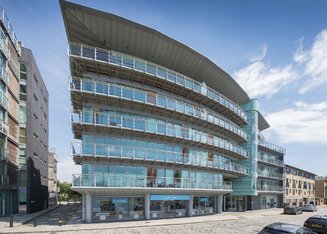Guide to living in the Isle of Dogs
The Isle of Dogs is one of the most sought-after spaces along the River Thames, offering a leisurely lifestyle, sublime 19th-century architecture, and easy access to Canary Wharf and the City.
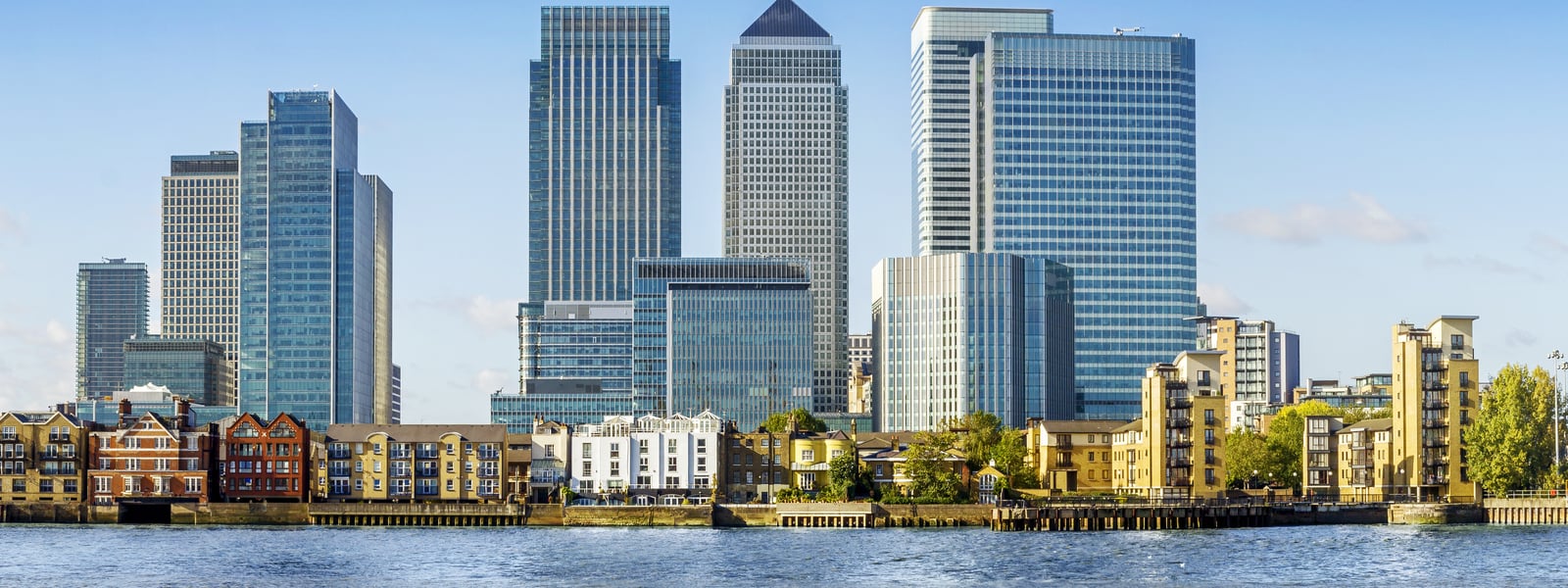
About the Isle of Dogs
Near Wapping and Tower Bridge, the Isle of Dogs sits just south of Canary Wharf, often referred to by East London locals as ‘The Island’. The peninsula is bounded by the Thames to the east, west and south and is home to a diverse range of residential communities and green spaces.
History & Background
The Isle of Dogs has historically offered lower priced properties than Canary Wharf, while developers have recently focused on several modern schemes on the banks of the Thames Canary Wharf itself is either a short walk/roll, bus ride, or DLR trip away. Isle of Dogs is split into two distinct halves: the island’s western side is characterised by modern developments, while the eastern half overlooks North Greenwich and is home to superb green spaces. Several canals and channels define The Island’s centre, dating back to when this was a key port for London in the 1800s.
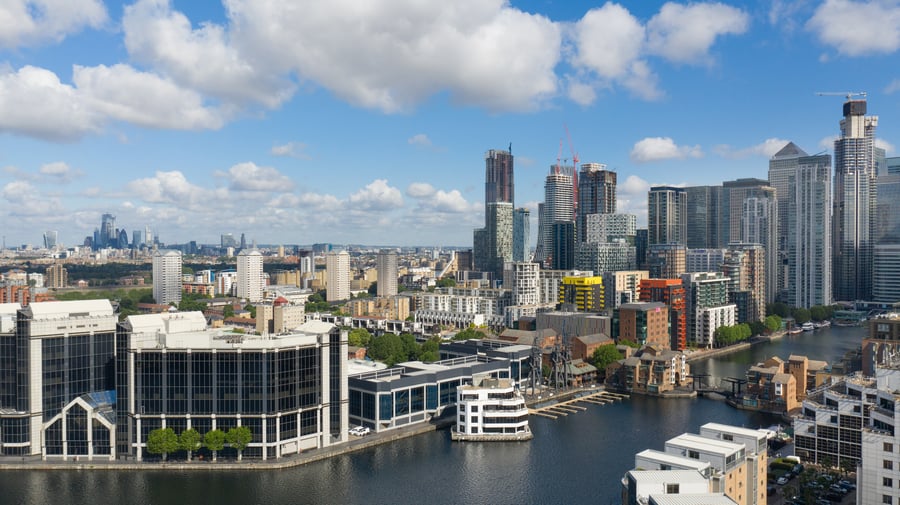
Schools
A high concentration of schools on the Isle of Dogs continues to draw in families from all over London. Families living in Isle of Dogs will appreciate all the available secondary and primary schools.
Top primary schools nearby:
Top secondary schools nearby:
Properties in the Isle of Dogs & Canary Wharf
Unlike Canary Wharf, there are a small number of houses on the Isle of Dogs, particularly towards the south and centre of the island, around Outer Millwall Docks—these range from pre-war houses to homes built in the mid-20th century. Most of the housing stock is concentrated in apartment blocks, which, for the most part, are relatively low-rise and generally under six storeys high.
The exception is the area close to the Canary Wharf Estate and Westferry Circus, home to 20-plus storey buildings. In fact, before the announcement of Spire London, Landmark Pinnacle, at 233 metres, was set to become London’s tallest residential building. This development at Westferry Circus is expected to become a landmark building alongside Pan Peninsula, Landmark Tower and Anchorage Wharf.
Most modern developments are equipped with all the latest conveniences and facilities; however, several older developments completed in the 1990s offer more affordable housing, although with fewer modern luxuries. In many ways, some of the developments on the Isle of Dogs resemble gated condominium schemes in the US or Middle East, with parking, gyms, pools and day-care centres.
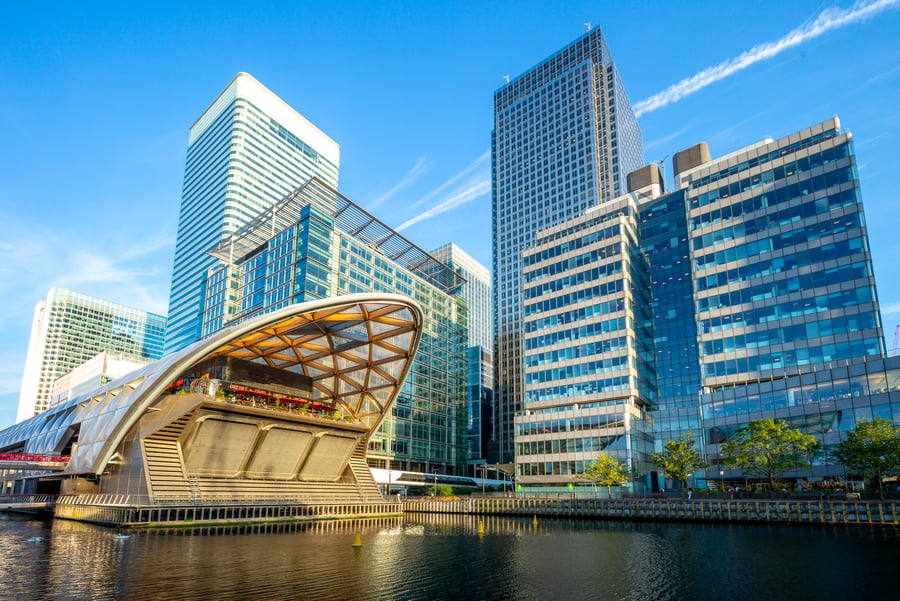
Leisure & Down Time
The Isle of Dogs fuses the old and the new, with period housing estates sitting alongside ultra-modern skyscraper developments. Nestled in between are large open green spaces such as Millwall Park, Sir John McDougall Gardens, Island Gardens and Mudchute Park, home to London’s first urban farm, Mudchute Farm.
The Island’s southern tip features an underground pedestrian tunnel to Greenwich, which opened in 1902. It emerges near the Cutty Sark, offering residents easy access to Greenwich’s attractions. Isle of Dogs has no designated high street, but there are a growing number of restaurants, bars and cafés in many of the new developments. These include independent eateries, from all-day dining at The Old Fire Station on Westferry Road to award-winning Thai cuisine at Kinkao in St. David’s Square. The Island hosts several traditional pubs along Westferry and Eastferry Roads, while The Attic Bar at the top of Pan Peninsula offers spectacular views across East London.
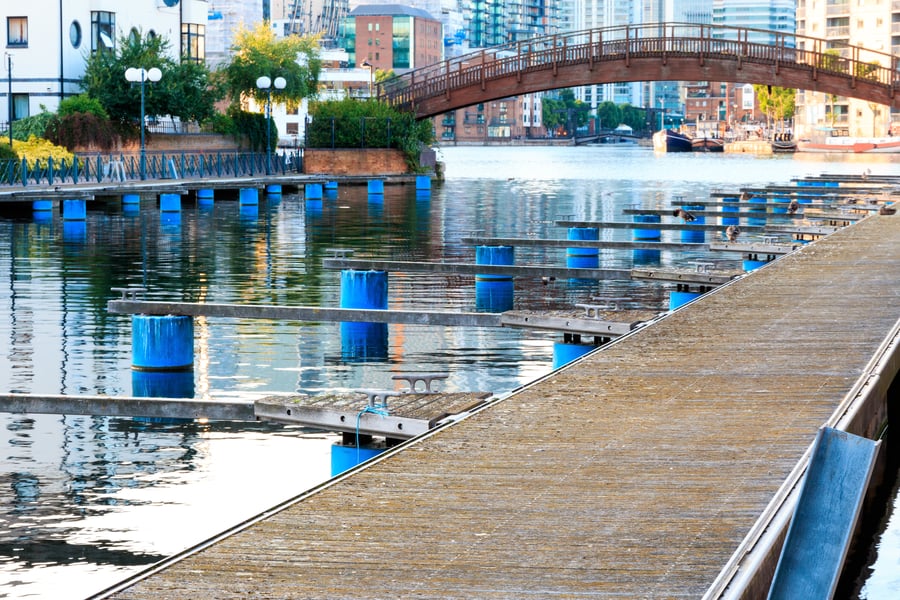
Living in the Isle of Dogs – Frequently asked questions
- What are the transport links like in the Isle of Dogs, London?
-
Isle of Dogs is well connected to the City, as well as popular areas like Wapping, Canary Wharf, and South London.
- Are there any green spaces or parks in the Isle of Dogs?
-
The area is home to some fantastic, family-friendly green spaces including Mudchute Park and Farm, Millwall Park and Island Gardens.
- What type of properties are available in the Isle of Dogs?
-
If you’d like to know more about the property market in Isle of Dogs, speak to one of our Wapping Estate Agents, they can tell you everything you need to know about the properties available in the area.
Property for sale near the Isle of Dogs

Hays Court, London, SE16
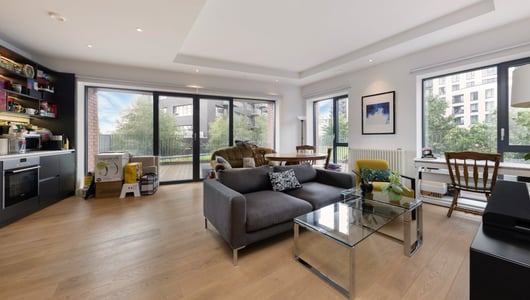
Java House, London, E14

New Caledonian Wharf, London, SE16

Elephant Lane, London, SE16

Free Trade Wharf, London, E1W

Granary House, London, SE16

Berglen Court, London, E14
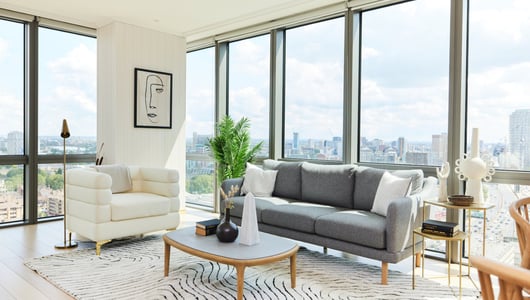
West India Quay, E14
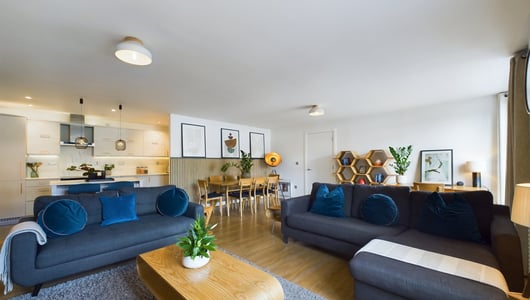
Eluna Apartments, London, E1W
Property to rent near the Isle of Dogs

11 Biscayne Avenue, Canary Wharf, London, E14

Capital Wharf, Wapping, London, E1W

Wapping High Street, Wapping, London, E1W

Peninsula Court, Isle of Dogs, London, E14
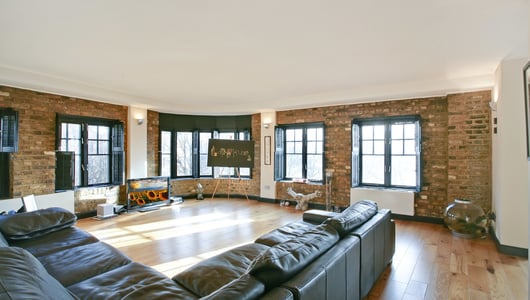
Sanctuary Court, Wapping, London, E1W
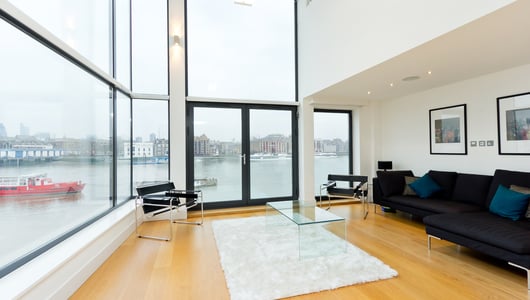
King Stairs Close, Rotherhithe, London, SE16
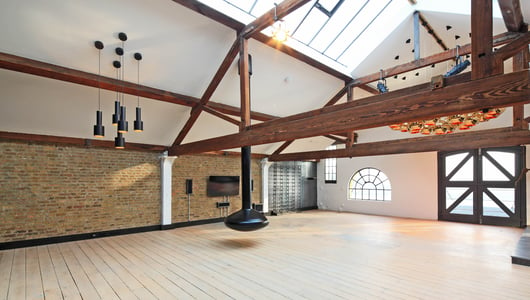
Metropolitan Wharf Building, Wapping, London, E1W
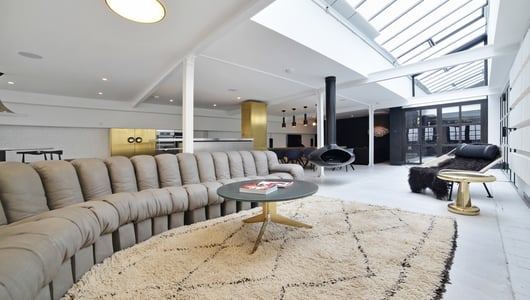
Wapping Wall, Wapping, London, E1W

